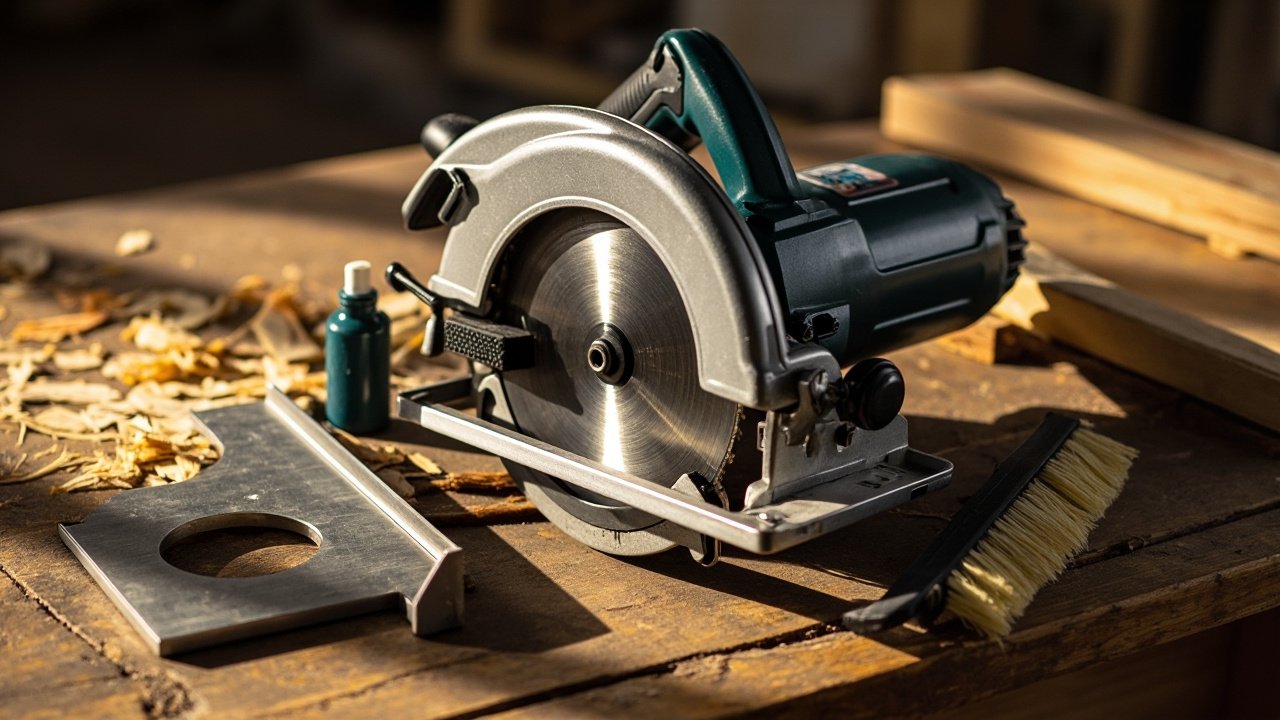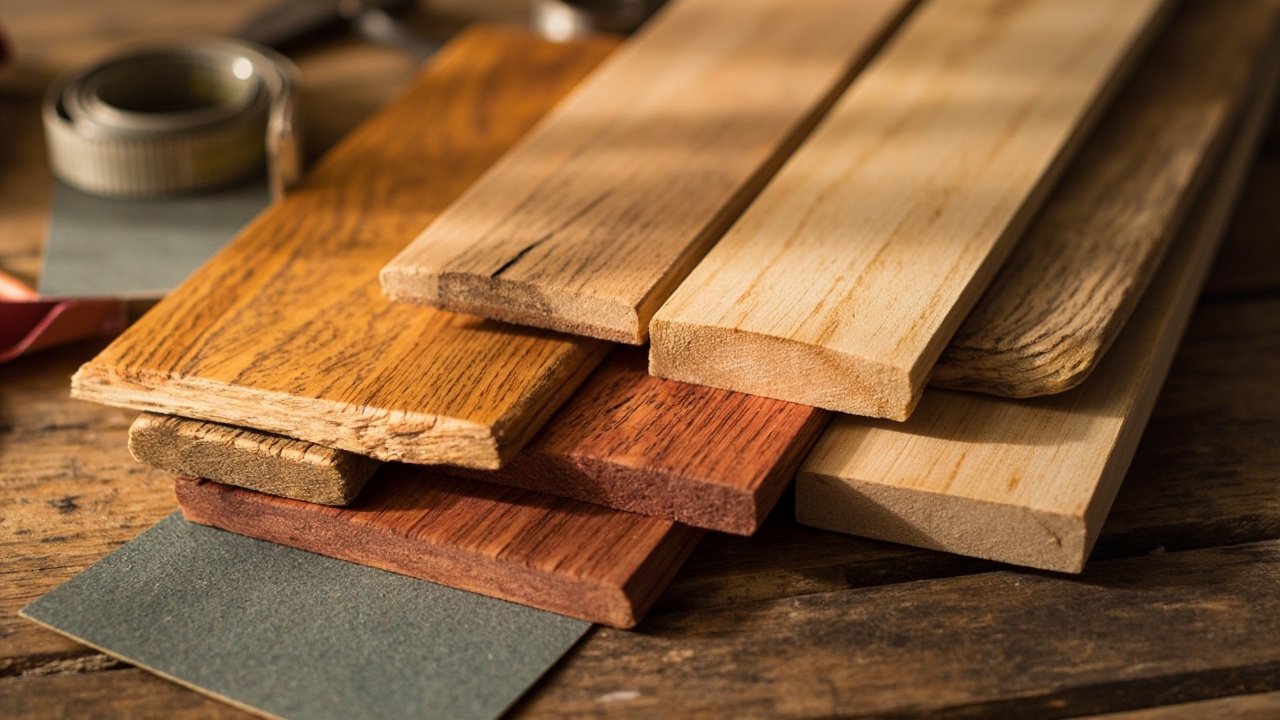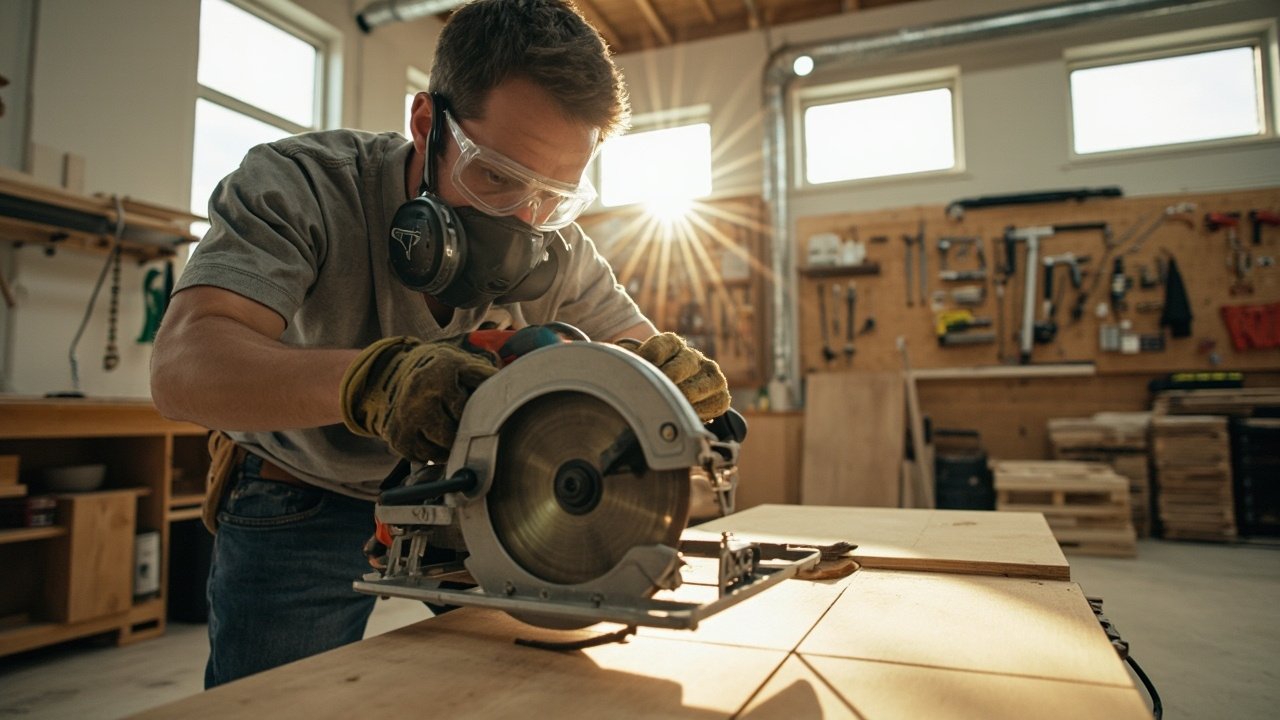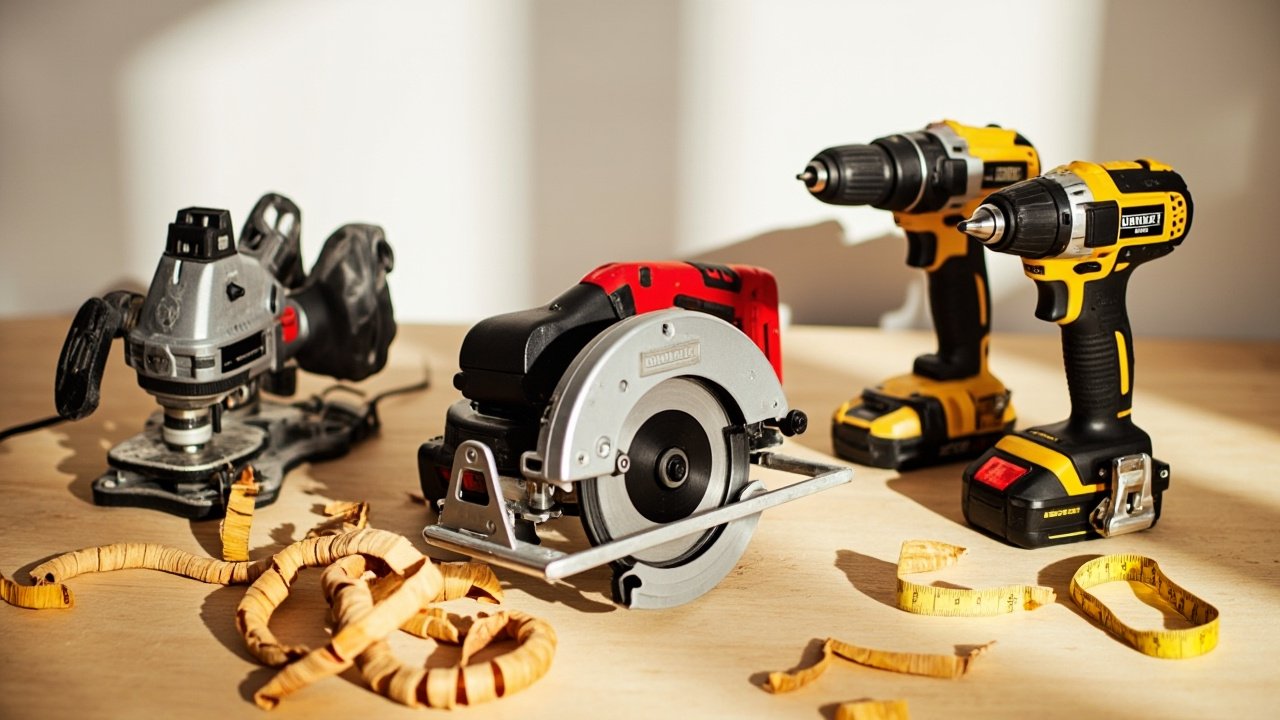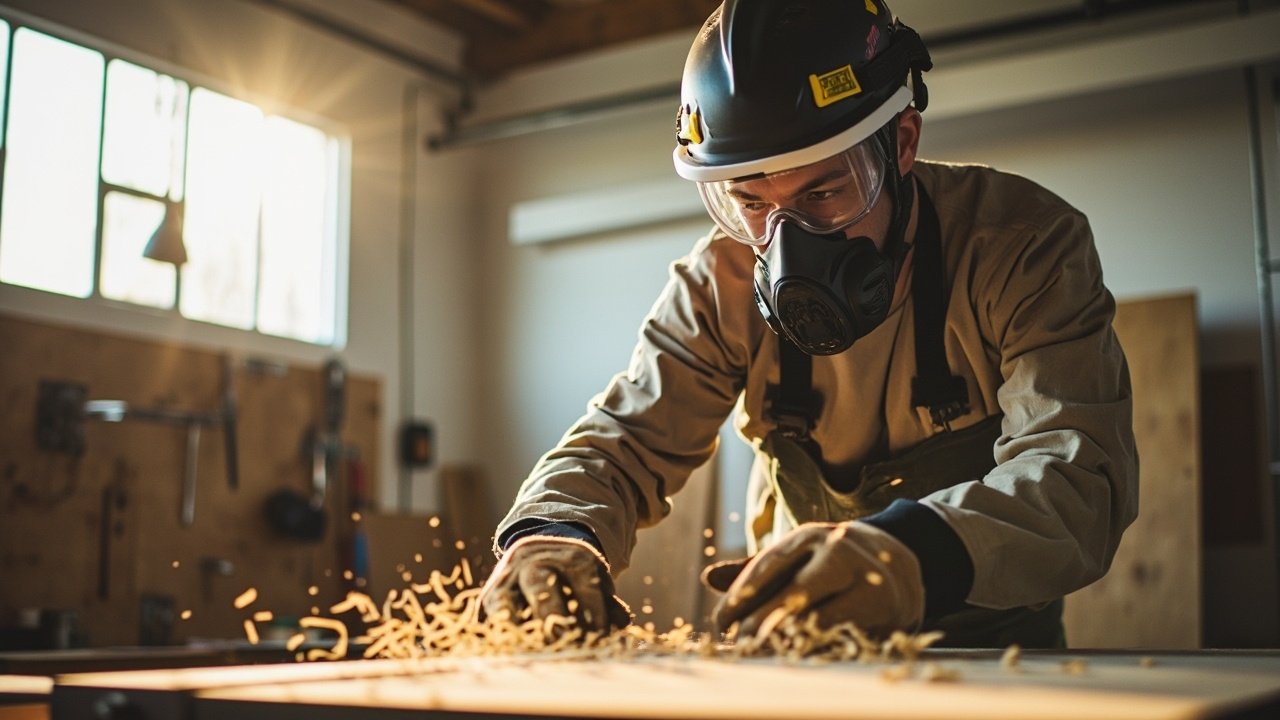Electric saws are the backbone of countless DIY projects and professional woodworking jobs. Whether you’re building a deck in sunny California, crafting custom furniture in Pennsylvania, or tackling a home renovation in humid Florida, knowing how to calibrate and maintain electric saw properly can make the difference between flawless cuts and frustrating mishaps.
In this article, I’ll walk you through every aspect of electric saw calibration and maintenance from basic adjustments to advanced troubleshooting. No confusing jargon, no skipped steps just clear, actionable advice that even complete beginners can follow.
Table of Contents
Why Calibrating and Maintaining Your Electric Saw is Absolutely Essential
Before we dive into the step-by-step process of how to calibrate and maintain electric saw, let’s talk about why this matters so much.
Imagine this: You’re halfway through cutting an expensive piece of mahogany for a custom dining table when suddenly your saw starts wobbling, the blade binds, and the motor strains. The cuts are jagged, the wood burns, and your project is ruined. Frustrating, right?
This is exactly what happens when you neglect proper calibration and maintenance. But here’s the good news: With just a little regular care, you can avoid these disasters completely.
The Life-Changing Benefits of Proper Saw Maintenance
- Longer Tool Lifespan
- A well-maintained saw can last decades instead of just a few years.
- Save hundreds (or thousands) of dollars by avoiding premature replacements.
- Flawless, Professional-Quality Cuts
- A calibrated saw cuts straight, smooth, and precise every single time.
- No more wasted wood, no more sanding down rough edges.
- Enhanced Safety
- A poorly maintained saw is dangerous misaligned blades can kick back, and frayed cords can cause shocks.
- Proper maintenance reduces accidents significantly.
- Cost Savings
- Prevent expensive breakdowns motor failures, stripped gears, and burnt-out bearings.
- Avoid emergency repair bills by catching issues early.
- Adaptability to Your Climate
- In Arizona’s dry heat, saws need extra lubrication.
- In Florida’s humidity, rust prevention is critical.
- In Minnesota’s freezing winters, storage methods matter.
How to Calibrate Your Electric Saw for Perfect Cuts
Calibration is the foundation of saw performance. Think of it like tuning a guitar if one string is off, the whole instrument sounds bad.
1. Checking and Adjusting Blade Alignment
Why it matters: A misaligned blade causes crooked cuts, burning, and motor strain.
Step-by-Step Guide:
✅ Step 1: Unplug the Saw (Safety first!)
✅ Step 2: Use a Square Tool
- Place a carpenter’s square against the blade and base plate.
- If light shines through (meaning there’s a gap), your blade is not perpendicular.
✅ Step 3: Adjust the Alignment Screws - Locate the adjustment screws near the base (check your manual).
- Turn slowly until the blade sits perfectly against the square.
Pro Tip: In humid states like Louisiana, check alignment monthly moisture warps metal over time.
Read also: What’s the difference between manual and electric saws?
2. Setting the Correct Blade Depth
Why it matters: Too deep = motor overload. Too shallow = rough, incomplete cuts.
Step-by-Step Guide:
✅ Step 1: Loosen the Depth Knob (Usually on the saw’s side)
✅ Step 2: Place the Saw on Your Workpiece
- Adjust until the blade extends 1/4 inch below the wood.
✅ Step 3: Tighten & Test - Make a test cut on scrap wood should be smooth and effortless.
Regional Tip: In Texas dust storms, clean the depth gauge weekly sawdust clogs adjustments.
3. Calibrating the Bevel Angle for Angled Cuts
Why it matters: Even a 1-degree error ruins miters and bevels.
Step-by-Step Guide:
✅ Step 1: Set to 0° & Check with a Protractor
✅ Step 2: Adjust the Bevel Gauge
- Turn the bevel adjustment knob until perfect.
✅ Step 3: Test on Scrap Wood - Cut at 45° edges should fit together seamlessly.
Pro Tip: In Colorado’s dry air, lubricate the bevel mechanism monthly to prevent stiffness.
How to Maintain Your Electric Saw Like a Pro
Maintenance isn’t just cleaning it’s preventative care that keeps your saw running like new.
1. Deep Cleaning the Blade & Housing
Why it matters: Sawdust clogs motors and reduces cutting efficiency.
Step-by-Step Guide:
✅ Step 1: Unplug & Brush Off Debris
- Use a stiff brush or compressed air.
✅ Step 2: Wipe with a Damp Cloth - For sticky resin, use mineral spirits (never water!).
Regional Tip: In Arizona’s dust, clean after every use.
2. Lubricating Moving Parts
Why it matters: Friction wears out gears and causes overheating.
Step-by-Step Guide:
✅ Step 1: Apply Lubricant to:
- Blade guard pivots
- Depth adjustment gears
- Bevel mechanism
✅ Step 2: Wipe Excess (Attracts sawdust otherwise)
Best Products: WD-40 Specialist or 3-in-1 Oil.
3. Inspecting the Power Cord
Why it matters: Frayed cords = fire hazard.
Step-by-Step Guide:
✅ Step 1: Check for Exposed Wires
✅ Step 2: Replace if Damaged
- Home Depot sells universal replacements.
4. Sharpening or Replacing Blades
Why it matters: Dull blades burn wood and strain motors.
Step-by-Step Guide:
✅ Sharpen with a Diamond File (For minor wear)
✅ Replace if:
- Teeth are chipped or missing
- Cuts leave burn marks
Best Blades: Freud Diablo (Home Depot) or Forrest Woodworker II.
5. Proper Storage Solutions
Why it matters: Improper storage = rust & damage.
Step-by-Step Guide:
✅ Climate-Controlled Space (Avoid garages in Minnesota winters)
✅ Silica Gel Packs (For Florida humidity)
✅ Hard Case (For Arizona dust)
FAQs: Answering the Top Google Searches on Electric Saw Maintenance
1. How often should I calibrate my electric saw?
- Basic Users: Every 3 months.
- Heavy Users: Before every major project.
- Humid Climates (e.g., Georgia): Monthly checks.
2. Can I use any lubricant on my saw?
- Yes, but…
- Best: Manufacturer-recommended oils.
- Good Alternatives: WD-40 Specialist, 3-in-1 Oil.
- Avoid: Greasy lubricants (attract sawdust).
3. What’s the best way to clean a saw blade?
- For Pitch/Resin: Mineral spirits + brass brush.
- For General Cleaning: Simple Green + cloth.
- Never Soak Blades weakens brazing.
4. How do I know when to replace the blade?
- Visible Damage: Chipped/missing teeth.
- Performance Issues: Burning wood, rough cuts.
- Age: Even unused blades degrade after 5+ years.
5. Why does my saw overheat?
- Common Causes:
- Dull blade
- Misalignment
- Lack of lubrication
- Fix: Follow calibration steps above.
6. How do I prevent rust on my saw?
- In Humid States (e.g., Florida):
- Rust Inhibitor Spray (Boeshield T-9)
- Silica Gel Packs in Storage
7. Can I sharpen my own blades?
- Yes, but…
- Carbide Blades: Best done professionally.
- High-Speed Steel: Can DIY with a diamond file.
Key Takeaways: Mastering How to Calibrate and Maintain Electric Saw
✅ Calibrate Regularly Blade alignment, depth, and bevel angles matter.
✅ Clean & Lubricate Prevents wear and overheating.
✅ Inspect Cords & Blades Avoid safety hazards.
✅ Store Properly Climate control extends lifespan.
✅ Regional Adjustments Tailor care to your climate.
By following this ultimate guide on how to calibrate and maintain electric saw, you’ll save money, improve safety, and achieve professional results every time.
Got questions? Drop them below let’s build a community of saw experts across the U.S.!


